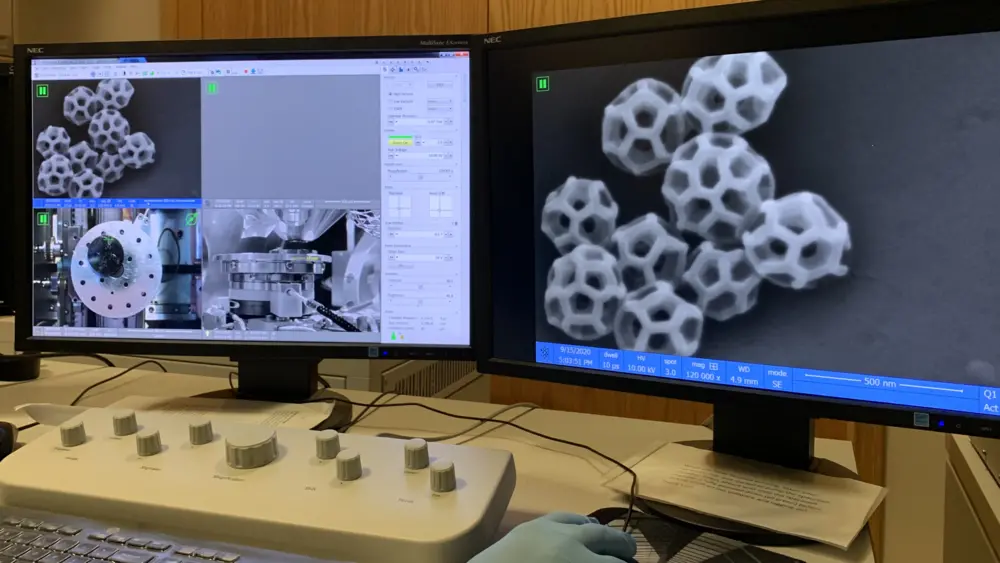
Leafhoppers, cicadas, and dragonflies…oh my! Elizabeth Bello is an Illinois graduate student in the Department of Entomology who’s extensively studied all three of these creepy crawlers and arrays of other insects as well. She is a researcher in the Alleyne Bioinspiration Co-LAB-orative (ABCLab) and works alongside Marianne Alleyne, an associate professor of entomology. Her research seeks to discover how new technologies can learn from biological adaptations found in nature.
Can you explain your research?
Broadly, I study bioinspired designs and materials, which is how we as humans can use adaptations found in the natural world to create new and innovative technologies. Currently, I am researching brochosome morphology, wettability, and the surface structure of leafhopper insects. These brochosomes and cuticular features give the leafhoppers unique properties such as hydrophobicity and anti-reflectivity, which likely aid in self-cleaning, camouflaging, and predator defenses.
What Microscopy Suite tool do you use the most, and why?
For this research project, I've been using the environmental scanning electron microscope the most. The ESEM allows me to visualize and measure the brochosomes and topographical features found on various leafhopper species. I’m also exploring a SEM nanocondensation technique which will allow me to measure the wettability of leafhopper wings in situ with greater visual detail than a typical micro goniometer.
Can you share a technique that’s helpful to you on the ESEM?
...